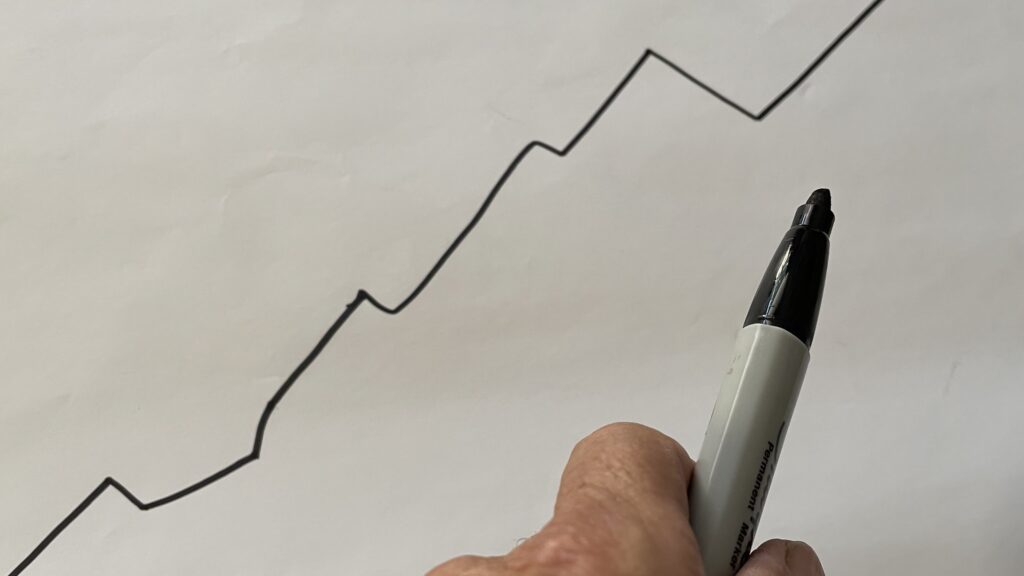In this election season, almost every poll in the U.S. indicates the number one issue is the economy. The uptick in inflation since the beginning of the COVID epidemic has played havoc with many people’s budget. Large numbers of people can no longer stretch their buying dollars far enough to offset the increase in prices, and many plans to vote according to who they think can do the best joy at getting control of the runaway inflation. The current rate hovers at slightly below 10%, down from a much higher figure just a few months earlier.
In Malawi, where famine, unemployment, poverty, and disease stalk a major portion of the rural population, life hangs on a thread even in the best of times. Income for many is something south of $2.00 a day, medical resources are seldom available, and government assistance is too little to help the masses. Fire protection is non-existent, resources are insufficient for police assistance, and the average person walks 10 miles a day because of the lack of cars, or even bicycles. Add to this struggle to survive the most recent information on food prices.
Maize, or corn, is the major food item on the family plate. Imagine crimping on maize at every meal, trying to help your family stave off starvation, only to be faced with a maize price increase of 13% from June to July, a jump of 30% above this time last year, and 180% above the five-year average.
You try to go to beans to supplement the family diet only to find prices have gone upward by 15% from June to July, 103% above this same time a year ago, and 200% above the five-year average.
Turn to rice as an alternative, but that does not work either. It has jumped 5% in one month, more than 35% above a year ago, and 130% above the five-year average.
It makes the 8 or 9% inflation rate in the U.S. look sort of insignificant by comparison. One must ask, “How can people survive this kind of inflation in food prices, and even have enough to eat?” The answer is, “Many will not!”

